6 of the best AI plugins for creatives
From image generation to UI design, here are 7 AI plugins that can speed up creative workflows.
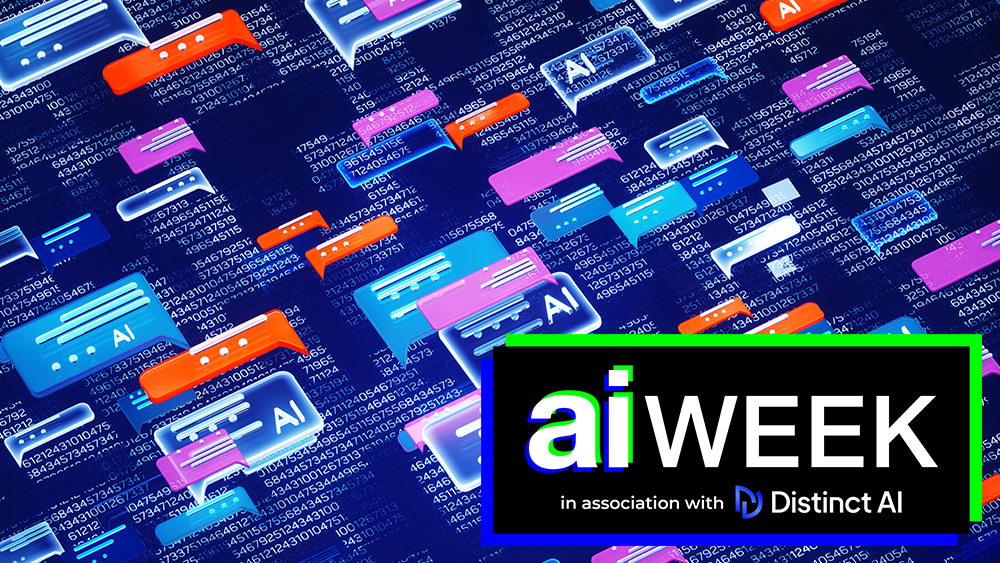
The best AI plugins can speed up productivity and workflows as well as enhance the end creative output by adding additional AI-powered tools to some of the most popular existing creative software. There are plugins of all kinds, and many of them are updated regularly, expanding functionalities without the need to wait for an in-software solution.
From Photoshop plugins to Unity plugins, add-on tools with a specific focus have become widely used parts of many creatives' processes in almost every piece of creative software. As with everything, this has increasingly started to involve the use of AI. Much of this technology is still evolving, so results can vary, but we've picked out the best AI plugins for creatives that we've tried, for everything from graphic design to audio production.
6 of the best AI plugins for creatives
01. Vision FX 2.0
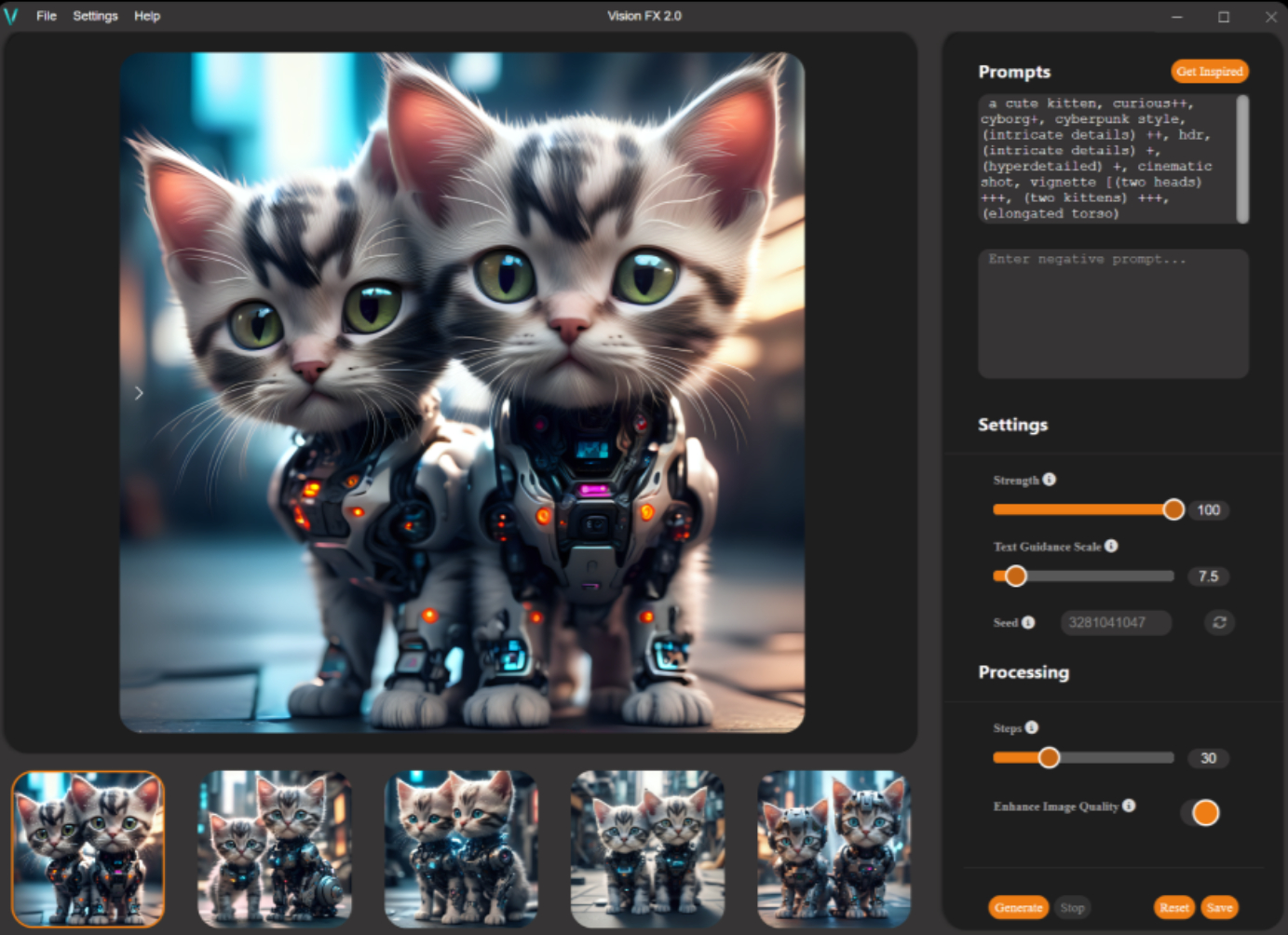
- For: Paintshop Pro, Corel Painter, CorelDRAW, Adobe Photoshop, Affinity.
- Features: Adds AI-image generation to existing workflows.
- Pros: Simple to use, one-off fee, multiple platform compatibility.
- Cons: No free trial.
Vision FX 2.0 made it to our pick of the best AI photo editing software. It's a Stable Diffusion-powered plugin that adds AI text-to-image generation directly into a range of popular digital art programs, including Photoshop and Corel, making it much more convenient by making it available in existing creative workflows. You can use it to create characters or transform existing images into different styles. It works locally for peace of mind, and there's a one-off fee rather than a subscription.
02. Cluify
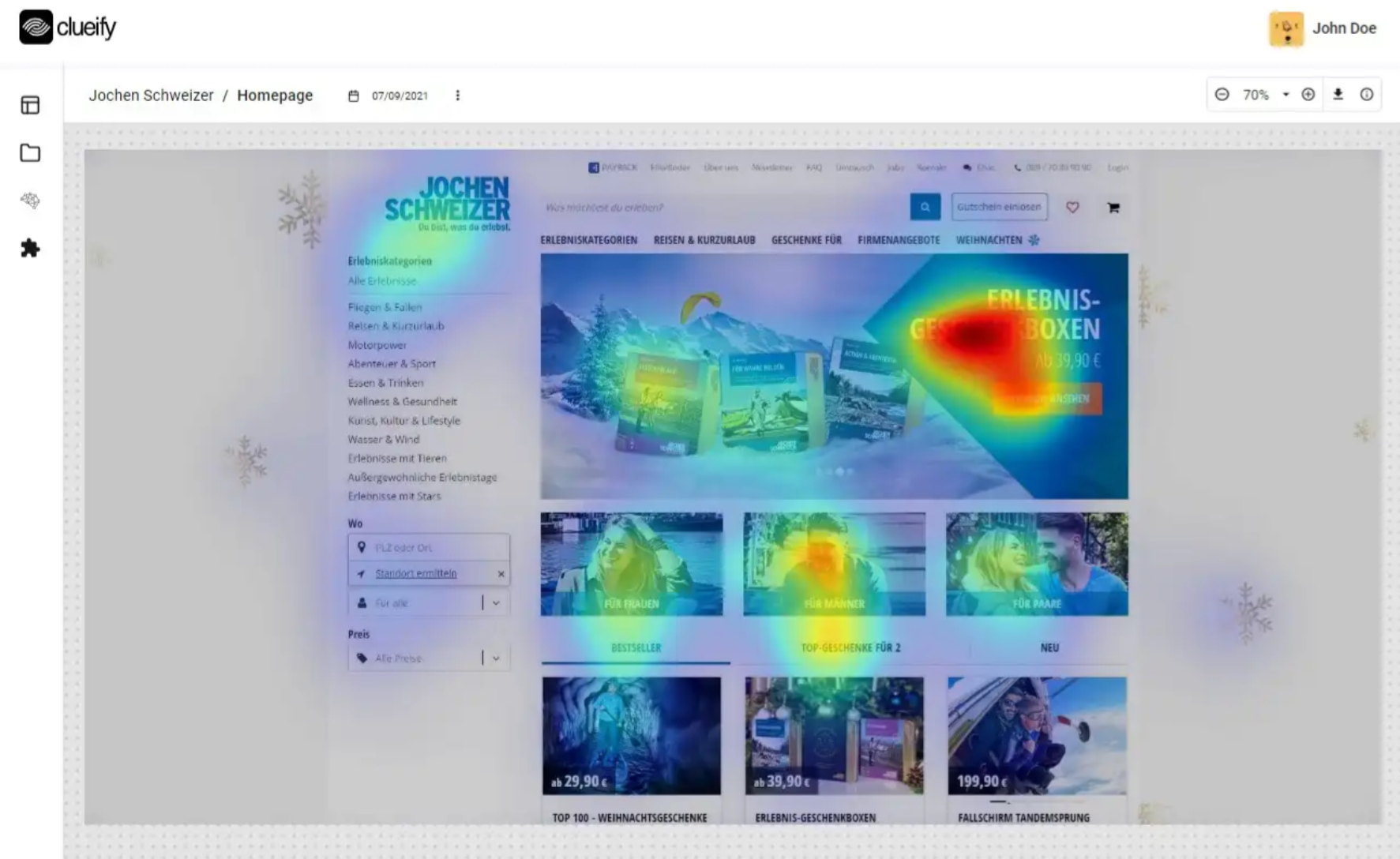
- For: Figma, Adobe XD and Chrome.
- Features: AI-powered customer insights and behaviour analysis.
- Pros: Facilitates better decision making, lots of customer insight data.
- Cons: Data privacy concerns have been raised, initial set up can be complex.
Cluify has plugins for Figma, XD and Chrome that can help speed up the collection of usage data and testing for UI design to allow designers to iterate more quickly. It provides insights in how users are likely to experience and respond to designs on different mediums and provides useful, usable data fast.
03. Luminar Neo
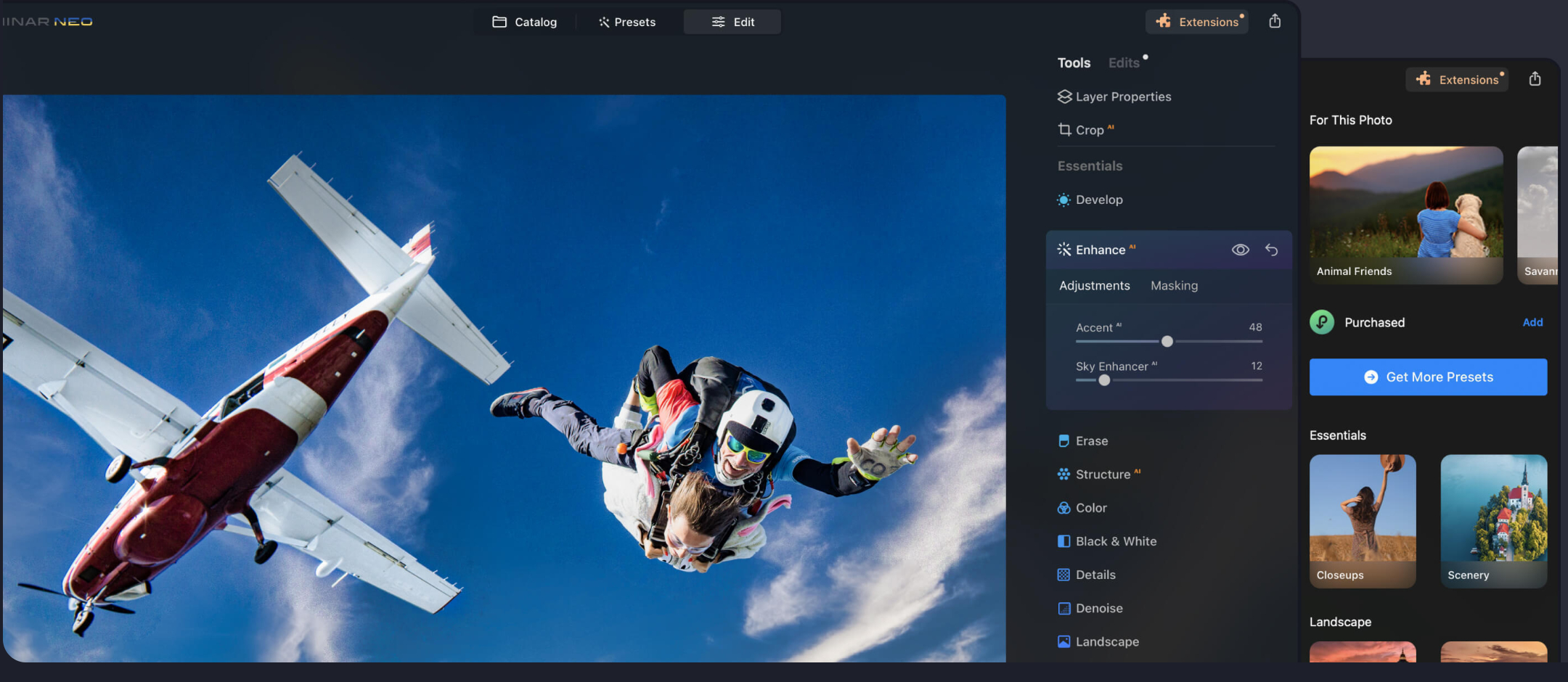
- For: Photoshop and Lightroom.
- Features: AI-powered photo editing tools.
- Pros: Powerful range of AI tools, plenty of automated edits to save time.
- Cons: Can slow down systems when working with large files, many users may not want an additional subscription.
Available both as a standalone program and as a plugin for Photoshop and Lightroom, Luminar Neo provides the standard range of photo editing controls along with a host of AI-driven tools for things like adding light rays, removing objects and masking the sky, background and subjects. A lot of these things can be done in Photoshop itself, although we find Luminar Neo easier and more intuitive for certain tasks. Most people already paying for a Photoshop subscription are unlikely to want to pay for Luminar too, but the standalone app is strong option as a Photoshop alternative, and it's among our picks of the best photo editing software overall.
04. Topaz Gigapixel
- For: Photoshop and Lightroom.
- Key Features: Uses AI to upscale images.
- Pros: Powerful upscaling.
- Cons: High initial cost, processing large images can be time-consuming.
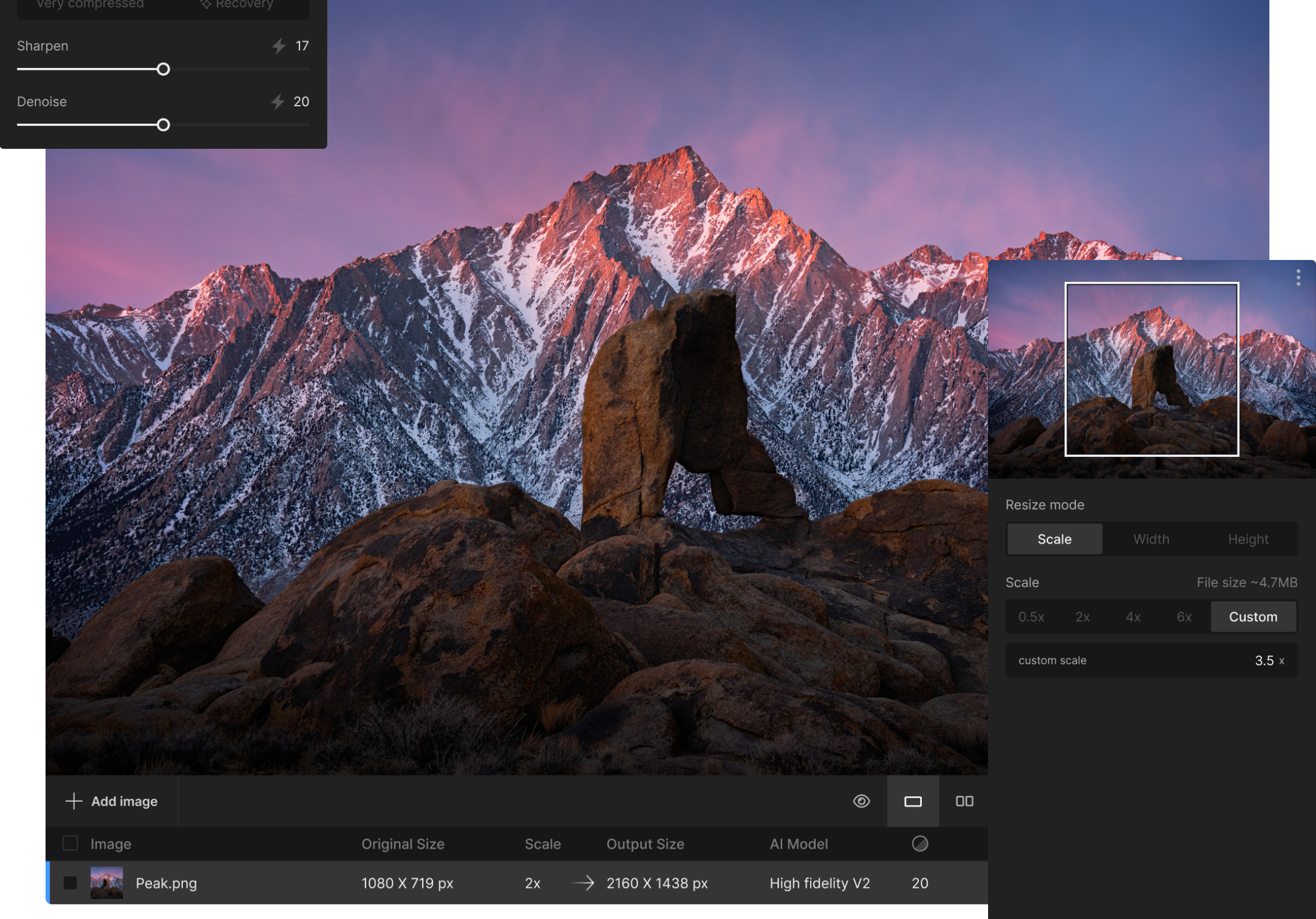
Topaz Gigapixel allows photographers to upscale their images, which can be a game changer for printing. Specially formulated models for certain camera types mean that Gigapixel generally provides a quality output, and the clean UI makes this one of the easiest tools to use for this task. Indeed, it can often to a decent job without user intention, although it is usually better to tweak the settings for optimum results.
You can choose from six AI models specific to different types of imagery, and you can then adjust sliders to suppress noise, remove blur, and (for some models) fix compression artifacts. There's also a face recovery tool, but that can be very hit and miss. You can upscale beyond 6x, but this will use traditional resampling methods. Easy batch processing helps optimise workflows. Gigapixel can be used as a Photoshop plugin or as a standalone piece of software.
05. Retouch4Me Colour Match OFX
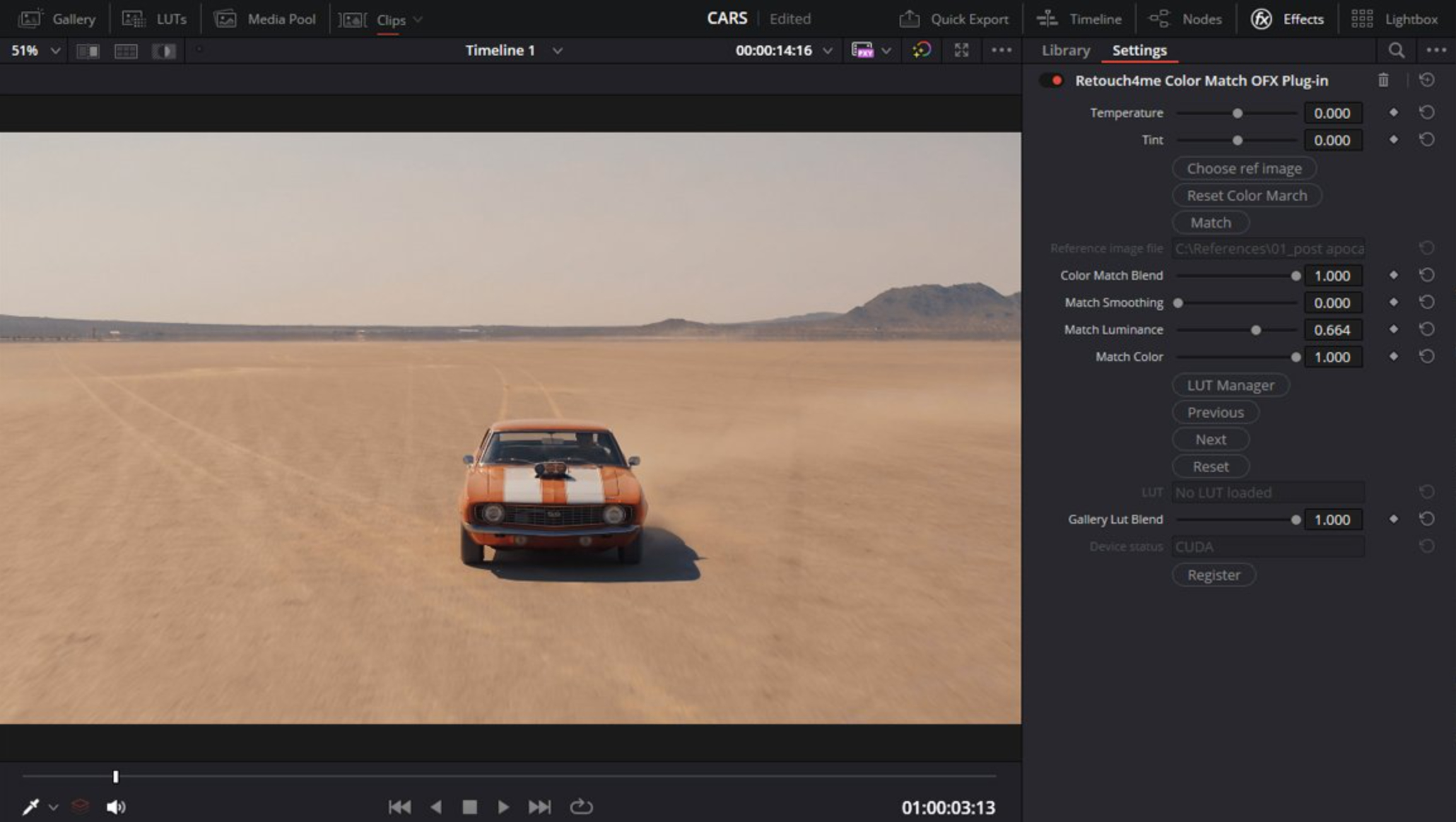
- For: DaVinci Resolve 18 or newer.
- Key Features: Matches colours between footage.
- Pros: Can speeds up colour grading and correction.
- Cons: High initial cost, may require some time to get the best results.
This is one of a range of AI plugins from Retouch4Me for Davinci and Photoshop. This one allows you to copy colours from one piece of footage to another, which can save a lot of time when it comes to trying to mimic the colour grading of particular LUT. It's very simple: you upload your reference and the AI will attempt to copy the colouring. Sliders allow you to decide how much of the grade to apply.
06. Builder.io Visual Copilot
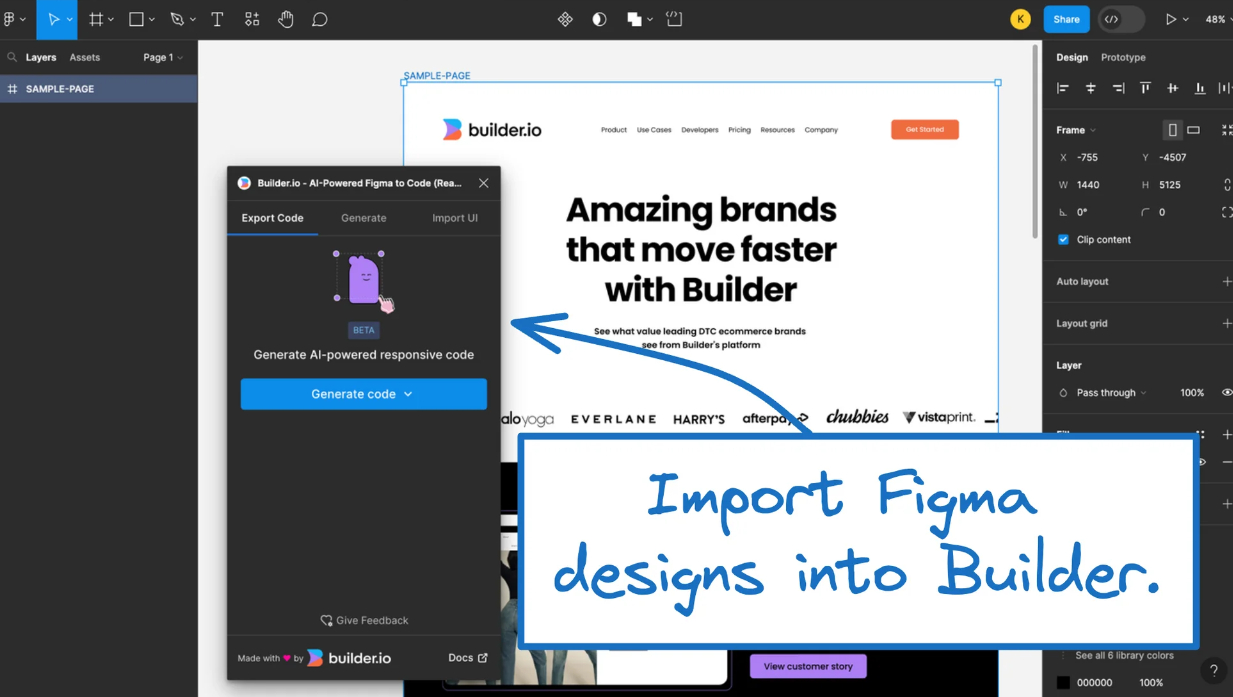
- For: Figma.
- Key Features: Drag-and-drop visual development for websites and applications with AI-assisted optimisation and code creation.
- Pros: Integrates with CMS and eCommerce platforms, optimises design elements automatically.
- Cons: Small teams may find it expensive, steep learning curve.
Visual Copilot is a plugin for Figma that uses AI to turn designs into code that’s instantly usable. Even if you haven’t used any responsive auto layout in Figma, Visual Copilot creates automatically responsive code that’s easily read, editable and accessible, allowing you to send it to developers to integrate into your designs. Intended to save time by providing the code required to make new design items live quickly, it’s proving to be popular in the fast-paced eCommerce world for making quick changes to shop items.
For more AI tools, see our pick of the best AI image generators.
Creative Bloq's AI Week is held in association with DistinctAI, creators of the new plugin VisionFX 2.0, which creates stunning AI art based on your own imagery – a great new addition to your creative process. Find out more on the DistinctAI website.

Thank you for reading 5 articles this month* Join now for unlimited access
Enjoy your first month for just £1 / $1 / €1
*Read 5 free articles per month without a subscription

Join now for unlimited access
Try first month for just £1 / $1 / €1
Get the Creative Bloq Newsletter
Daily design news, reviews, how-tos and more, as picked by the editors.

Jacob Little is a freelance writer and photographer and over the past ten years, has written for several national publications and brands. Based near Bristol, technology and the creative industries form the basis of his work, and he also provides content planning and project scoping services for agencies and businesses.
